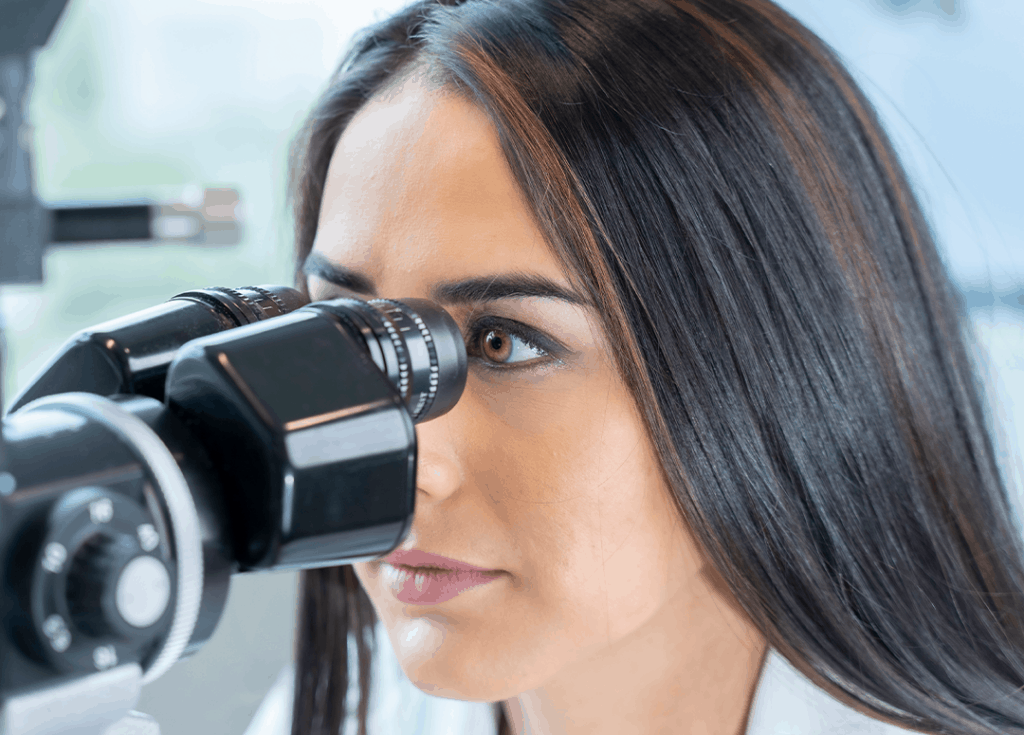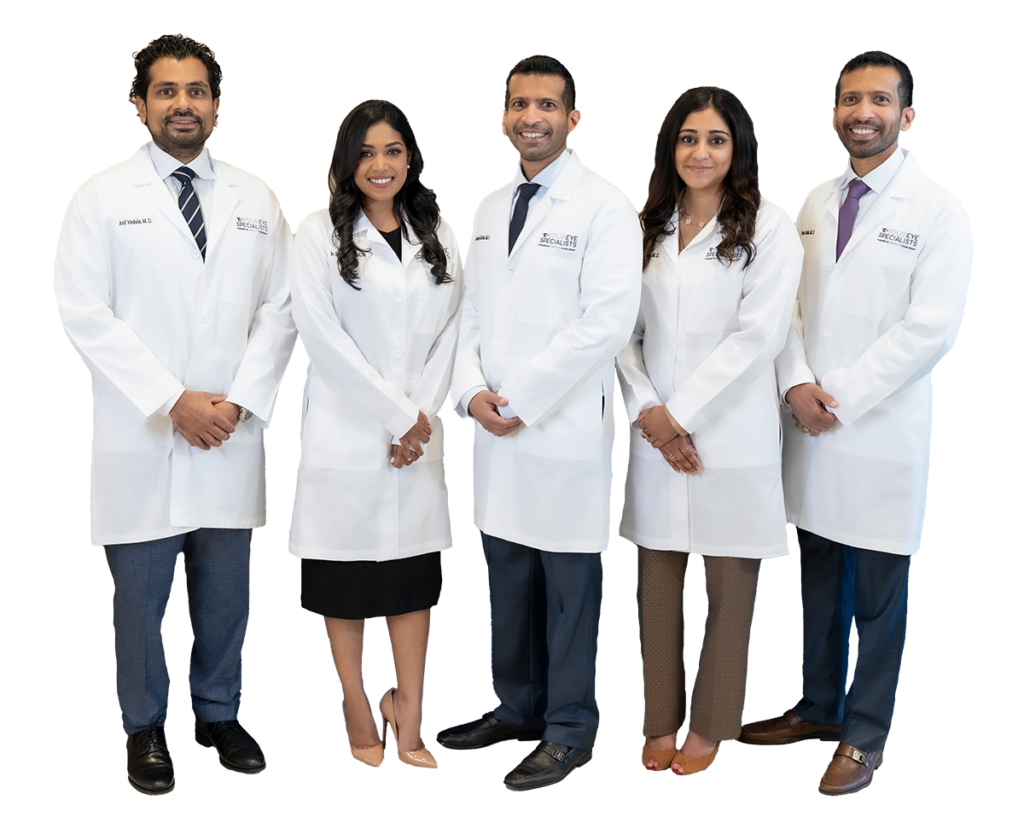Your Visit
Early detection of eye problems plays a major role in prevention and treatment of disorders, which is why an eye exam is one of the best ways to protect your vision. Regular eye exams give your eye care professional a chance to help you correct or adapt to vision changes.
A complete eye exam consists of a series of tests designed to evaluate your vision and check for eye diseases including cataracts, glaucoma, and macular degeneration.
Before examining the back of the eye, which includes the retina and optic nerve, the doctor will dilate your pupils using special eye drops. These drops may give you temporary blurred vision, which may inhibit your ability to drive. If you have never had your eyes dilated before or are sensitive to dilation, please make sure you have a family member or friend accompany you to your visit to take you back to work or home.

What to Expect During Your Cataract Surgery
Cataract surgery is an outpatient procedure that takes twenty minutes or less to perform. Eye drops are placed in your eye to dilate your pupil. You will receive local anesthetics to numb the area, and you will be given a sedative to help you relax.
The actual surgery consists of two main steps. First, your cloudy, cataractous lens is removed using laser and ultrasound technology. Then, an artificial intraocular lens (IOL) is placed in your eye. The IOL becomes a permanent part of your eye that you will not see or feel.
Although your vision may be blurry as your eye heals and adjusts, you can expect your vision to begin improving within a few days.
What to Expect During Your LASIK Surgery
LASIK eye surgery is performed using a laser programmed to reshape your cornea. The laser allows your eye surgeon to flatten the curve of your cornea or make it steeper, to improve your vision. Often, LASIK is performed on both eyes on the same day.
Before Your Surgery
During a pre-surgical eye exam, your surgeon will perform a thorough dilated eye exam to confirm you are a good candidate for laser vision correction.
To complete the assessment, your eye doctor uses highly specialized instruments to determine which areas of your cornea need reshaping. LASIK eye surgery using wavefront-guided or wavefront-optimized technology — a newer type of LASIK procedure — employs a scanner that creates a highly detailed topographical map of your eye.
Theoretically, the more detailed the measurements, the more accurate your eye doctor can be in reshaping your cornea.
During Your Surgery
LASIK eye surgery is usually completed in 30 minutes or less. During the procedure, you lie on your back in a reclining chair. You may be given medicine to help you relax. After numbing drops are placed in your eye, your doctor uses a special instrument to hold your eyelids open. A suction ring placed on your eye just before creating the corneal flap may cause a feeling of pressure, and your vision may dim a little.
Your eye surgeon uses a LASER to create a hinged flap about the size of a contact lens on the surface of your eye. Folding back the flap allows your doctor to access the part of your cornea that needs reshaping. Using a different laser, your eye surgeon then adjusts specific parts of your cornea. After reshaping is complete, the flap is folded back into place and heals without stitches.
After Your Surgery
Immediately after surgery, your eye may burn or itch and be watery. You will probably have blurred vision. You may be given pain medication, or eye drops to keep you comfortable for several hours after the procedure. Your eye doctor might also ask you to wear a shield over your eye at night until your eye heals.
You will be able to see after surgery, but your vision will not be crystal clear right away. By the next morning, you will see great!
You will have a follow-up appointment with your eye doctor the day after surgery to see how your eye is healing. Plan for other follow-up appointments periodically during the first six months after surgery as your doctor recommends.
It may be 1-2 weeks before you can start to use cosmetics around your eyes again. You might also have to wait several weeks before resuming strenuous contact sports and swimming or using hot tubs. Follow your doctor’s specific recommendations about how soon you can resume your normal activities.
Trust Your Vision to South Florida’s Premier Eye Doctors
Saying YES is all it takes!


